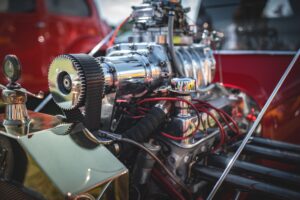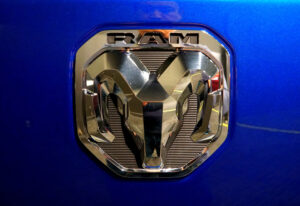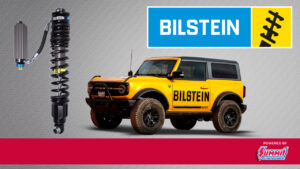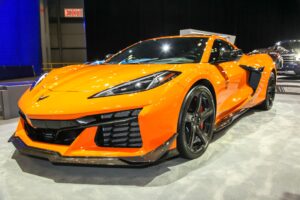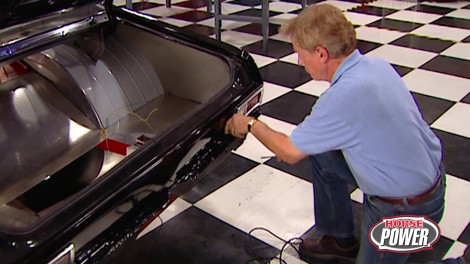
Super Nova Part 5
We hit the road to DynoTech in Boonville, Indiana, to custom-design headers for our Nova project, ensuring a perfect fit for our GEO performance sports 572 race motor.
Season 7
Episode 22

























